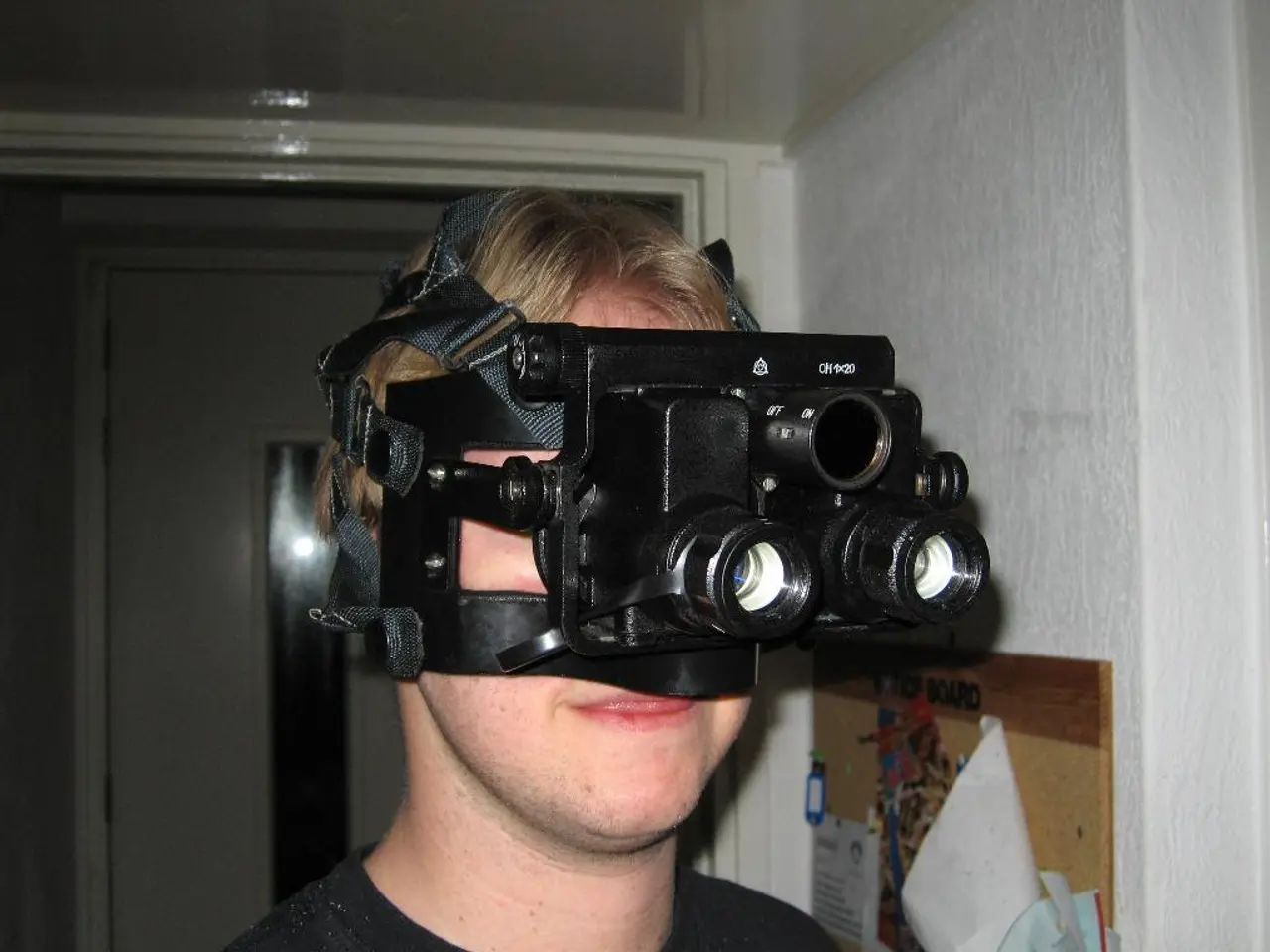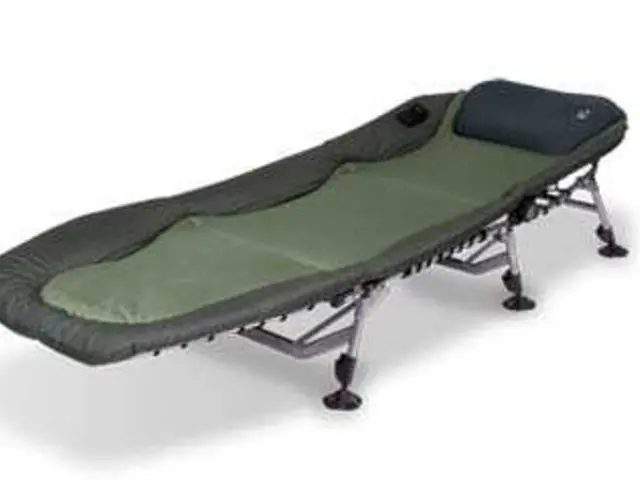Exploring the Practicality and Viability of Virtual Reality Environments for Social Anxiety Disorder Treatment: User Experience Analysis
In recent studies, virtual reality exposure therapy (VRET) has been explored as a first step in exposure therapy for social anxiety disorder (SAD). The findings suggest that VRET is feasible, usable, and somewhat effective, although with mixed long-term outcomes and the need for further research.
Key findings reveal that VRET leads to significant reductions in social anxiety immediately after therapy sessions, as measured by standardized scales such as the Social Interaction Anxiety Scale. However, some studies reported a partial return of social anxiety symptoms at follow-up, particularly in clinical SAD populations, indicating limited long-term efficacy when used alone or with minimal sessions.
The usability and user experience of VRET programs are generally satisfactory. Well-designed VRET sessions with culturally relevant social scenarios and graded exposure techniques receive positive ratings for usability, safety, and user acceptability. The immersive and customizable nature of VR allows users to gradually face social fears in controlled, flexible environments, enhancing acceptability.
VR-induced symptoms such as cybersickness are generally low when sessions are well designed. The technology is considered feasible in clinical and non-clinical settings, including developing countries, and can be implemented with limited resources and small sample sizes. The technology also offers scalable options such as home-based or mobile VR systems, increasing therapy accessibility for those with physical or geographic barriers.
Researchers recommend repeated VRET sessions combined with comprehensive treatment protocols to enhance efficacy and maintain benefits long-term. Structured therapeutic oversight, tailoring VR scenarios to individual triggers, and post-session coping reinforcement are essential for success.
VRET shows promise comparable to internet-based cognitive behavioral therapy (iCBT) in reducing social anxiety, but direct comparative data remain limited.
A study aimed to determine whether virtual environments are able to evoke anxiety in patients with SAD. The study involved 10 adult participants with SAD and 10 healthy controls, and each participant underwent one experimental session involving questionnaires and interviews. The study subjects were exposed to four 360° virtual environments, and participants with SAD scored significantly lower on presence scores compared to controls.
Significant differences in anxiety were only found in 2 of the 4 environments. Participants with SAD reported significantly higher average anxiety levels and peak anxiety levels compared with controls during exposure. The study found that the four 360° virtual environments were considered relevant and useful as an exposure tool for patients with SAD.
The study used a mixed methods triangulation design to analyze and compare the data. The objective of the study was to assess the usability, feasibility, and presence of the four 360° virtual environments in patients with social anxiety disorder (SAD).
Future investigation into means of increasing presence within the virtual environments is recommended. VR exposure with 360° videos may be useful as a first step of exposure therapy for patients with SAD. The study included 60% male participants, and the age range of the participants was 21-32 years.
- Efforts in the field of health-and-wellness and mental-health are expanding to incorporate technology, with scientists exploring eye tracking in VR as a tool for understanding the physiological responses of users during VRET sessions for mental disorders such as social anxiety disorder.
- As gadgets like virtual reality headsets and eye tracking devices become more sophisticated and accessible, they can be integrated into therapies-and-treatments, enhancing the user experience and making mental health care more tailored and effective.
- In the future, technology might pave the way for various mental-health therapies-and-treatments, with science advancing to make VRET sessions more personalized using eye tracking to adapt the virtual environment to each user's specific triggers and anxiety levels, aiming for long-term management of conditions like social anxiety disorder.




